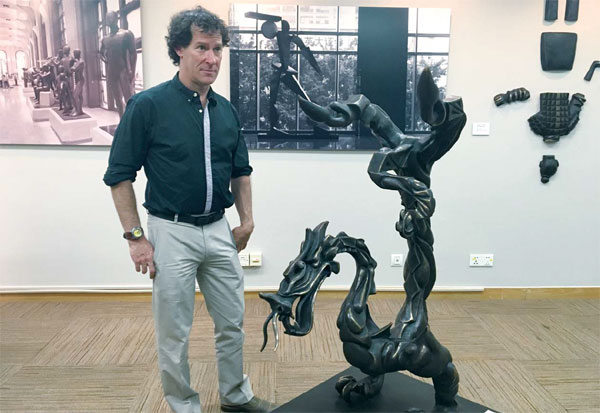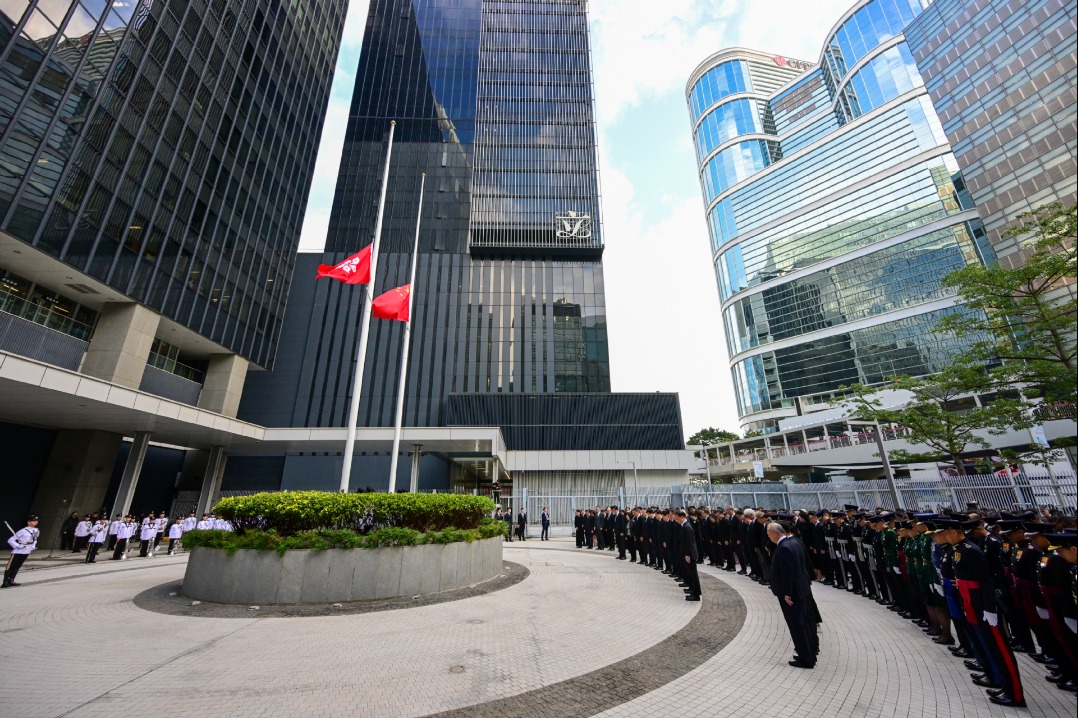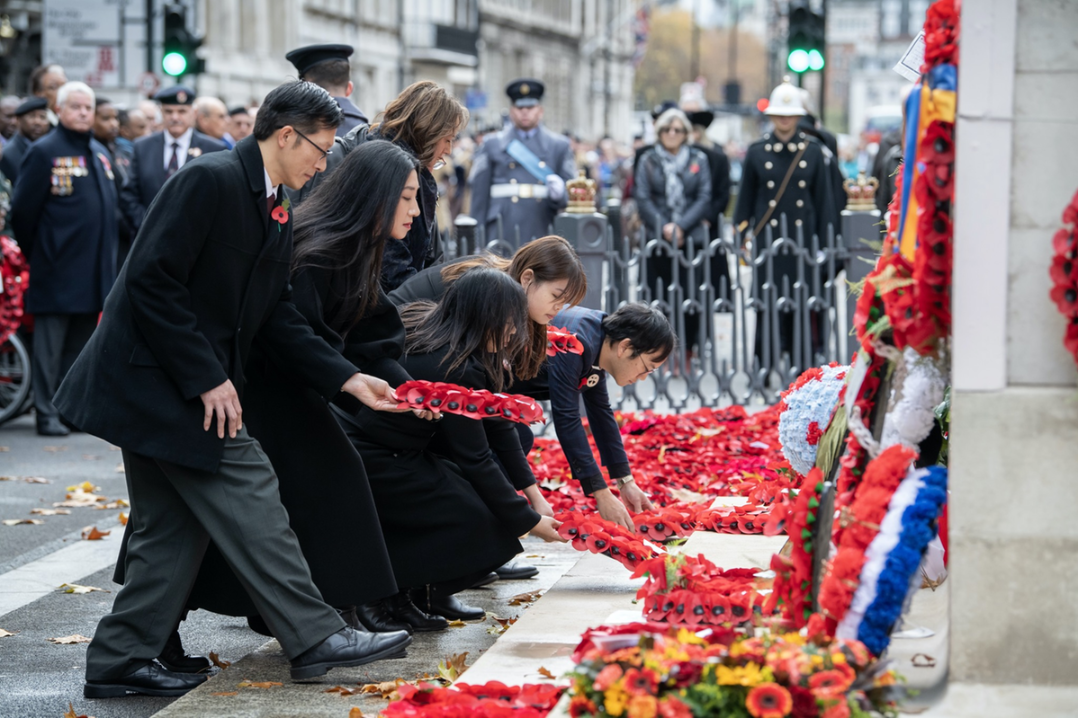Artistic life shaped by ancient warriors

US artist who has spent half his life in China expresses his understanding of the country through sculpture
For Daniel Krause, China's Terracotta Warriors are not only one of the world's greatest pieces of art, they also embody his greatest attachment to the country.
The American artist has made dozens of bronze sculptures of ancient Chinese soldiers that were inspired by the Terracotta Warriors of the Qin Dynasty (221-206 BC) in Xi'an, Shaanxi province, but they couldn't be any more different to the originals. All have their torso and body parts rearranged, some with arms under their feet, some with gaping spaces where their hearts should be.
| Daniel Krause with one of his works at the exhibition in Beijing. Yan Dongjie / China Daily |
Explaining this bold artistic stroke, Krause says: "When people look at history from specific perspectives, they understand it in ways that are very different from the original idea, and that's the artistic side I see."
Everything around him influences his sculptures. His imagination never stops running, and it interacts with everything in the world, he says.
Even as he stands facing you his mind is wandering around the room, creating shapes and improvising with the surrounding architectural forms.
He expresses his understanding of China through sculpture, and presents that to people from all over the world as an introduction to the country.
He can lay some claim to being an ideal person to do that, having spent more than half of his life in China.
He was raised in Chicago and graduated from the University of California, San Diego, before arriving in China in 1987 aged 23 to take up a graduate degree and spent the next 23 years or so in Guangdong province, eventually moving to Beijing in 2011.
"I wanted to go to the Xi'an Academy of Fine Arts for a master's degree in sculpture when I first arrived, but ended up enrolling in a graduate program at the Guangzhou Academy of Fine Arts, because I preferred the warmer weather there."
Perhaps not surprisingly, over three decades Krause has become Chinese in many ways.
He speaks fluent Chinese, he sips Chinese tea as he works in his studio near 798 Art District in Beijing and he was a torchbearer for the Olympic Games in the city in 2008.
Over the past 20 years he has been working on a series called China on the Move, in which bronze sculptures portray people who cannot stop dancing and celebrating, and they represent everyday urban Chinese.
Although he learned how to make bronze sculptures from Chinese professors in Guangdong, his art is also deeply influenced by modern abstract 20th century Western art, he says.
Sheng Wei, the editor of China Art magazine, says: "In viewing his work there is more than just aesthetic beauty to enjoy; you also need to think a bit more deeply and understand the concepts behind it."
Krause, too, puts a premium on imagination - what lies behind his works - a matter that has weighed on him recently.
In China, students have been sitting entrance exams for the big art academies, and Krause has been busy grading candidates' paintings and drawings. He is the only non-Chinese teacher that the Institute of Art at Renmin University of China in Beijing has had as a judge, among 30.
It is a task Krause has applied himself to with mixed feelings.
"In Western countries these entrance exams are about ideas and concepts with some technique. But here, deviations are scored lower. Creativity is not weighted or scored."
At present, his sculpture exhibition Figures, Reforms, Opening Up and Development is being staged at the Jingguang Center, affiliated to the United States embassy in Beijing, and it runs until the end of May. Parts of China on the Move and Qin Warriors series are displayed.
The embassy says that these works "reflected the changes that have happened in China over the past 28 years".
"I'm so impressed with the dragon piece," says Zhu Qiran, a student at the Communication University of China. She could sense the strong Chinese elements in Krause's works, she says.
"I was born in the year of the Dragon - strong and energetic - and am fascinated by the dragon's aesthetics, which have a special place in China's history and culture."
yandongjie@chinadaily.com.cn
(China Daily European Weekly 04/01/2016 page21)
Today's Top News
- Takaichi must stop rubbing salt in wounds, retract Taiwan remarks
- Millions vie for civil service jobs
- Chinese landmark trade corridor handles over 5m TEUs
- China holds first national civil service exam since raising eligibility age cap
- Xi's article on CPC self-reform to be published
- Xi stresses improving long-term mechanisms for cyberspace governance































